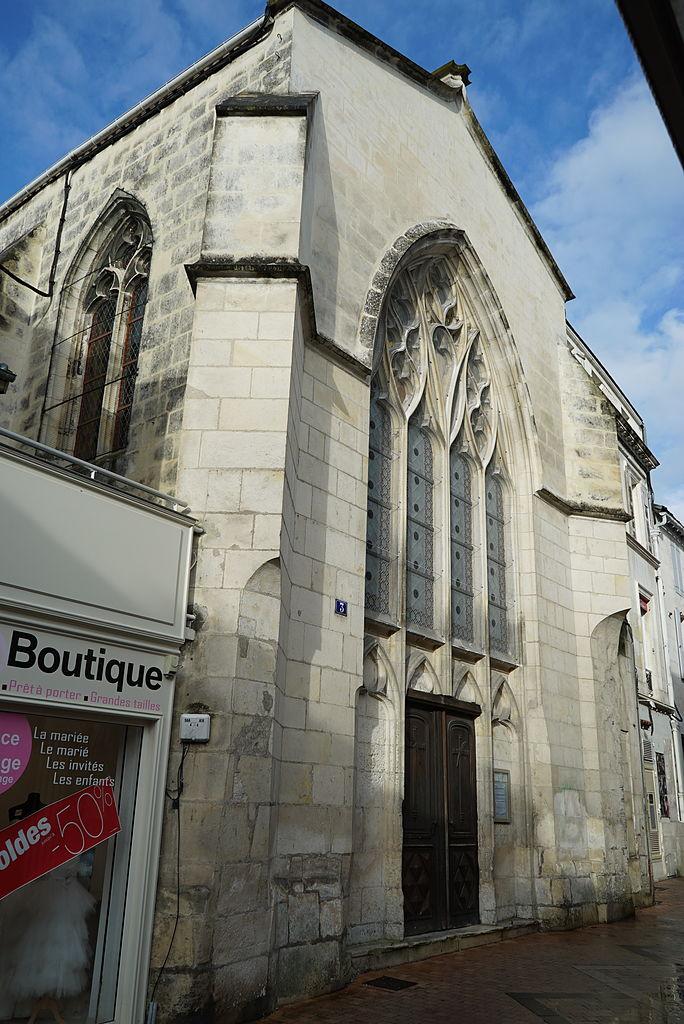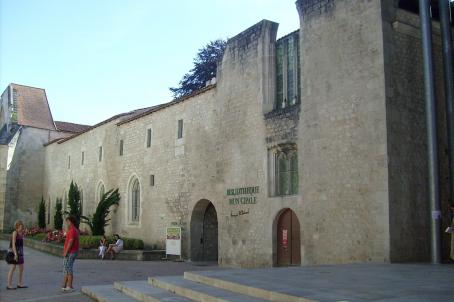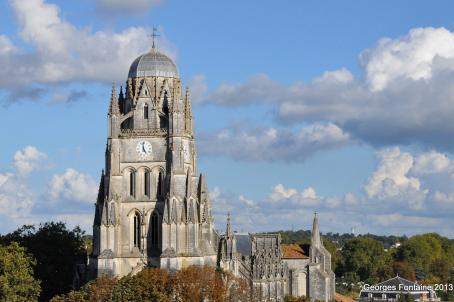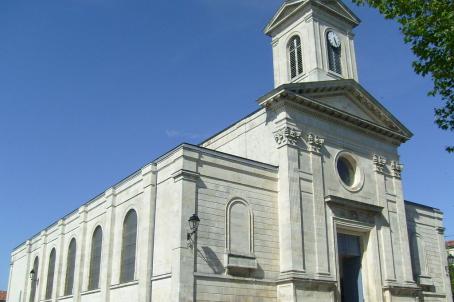Sainte-Colombe Church
The church of Sainte-Colombe dates from the 14th century, but the present church owes much to reconstruction in the 15th century. Damaged during the French Wars of Religion, it was completely renovated in the 17th century. The church served as a place of worship for the Carmelites for part of the 19th century before being desecrated and converted into a warehouse for a regional cooperative in the early 20th century. Purchased and restored in 2000, it is the property of the Society of Saint Pius X.






